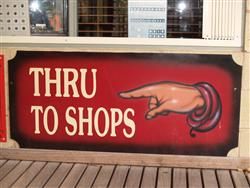
Develop your ability to understand how an understanding of Psychology can be applied to marketing
Market segmentation focuses on the consumer end of the market. It breaks away from the old-fashioned view that consumers were one large undifferentiated market. Instead it focuses on target groups. Segmentation is the backbone of the marketing concept. Marketing Psychology looks at this and much more...
Once a niche in the market has been identified, a product can be positioned in the market place.
Today marketers are able to target their market segment and send personalised communications. This is known as a segment of one and is a return to producer-consumer relations that existed prior to mass production.
Why do people choose to buy something?
What influences their thinking to decide one way rather than another?